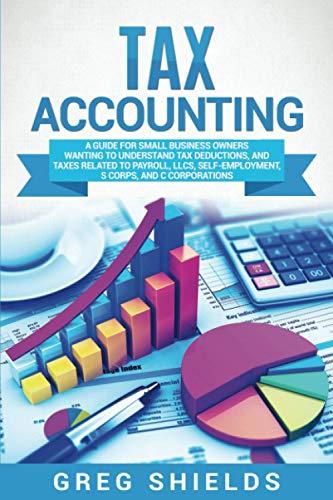Question
A sudden increase in the demand for smoke detectors has left Acme Alarms with insufficient capacity to meet demand. The company has seen monthly demand
A sudden increase in the demand for smoke detectors has left Acme Alarms with insufficient capacity to meet demand. The company has seen monthly demand from its retailers for its electronic and battery-operated detectors rise to 20,000 and 10,000, respectively. Acmes production process involves three departments: fabrication, assembly, and shipping. The relevant quantitative data on production and prices are summarized as follows:
| Department | Monthly Hours Available | Hours/Unit (Electronic) | Hours/Unit (Battery) |
| Fabrication | 2,000 | 0.15 | 0.10 |
| Assembly | 4,200 | 0.20 | 0.20 |
| Shipping | 2,500 | 0.10 | 0.15 |
| Variable cost/unit |
| $18.80 | $16.00 |
| Retail price |
| $29.50 | $28.00 |
The company also has the option to obtain additional units from a subcontractor, who has offered to supply up to 20,000 units per month in any combination of electric and battery-operated models, at a charge of $21.50 per unit. For this price, the subcontractor will test and ship its models directly to the retailers without using Acmes production process.
What are the maximum profit and the corresponding make/buy levels? (Fractional decisions are acceptable.)
Suppose that Acme requires that the solution provided by the model be implementable without any rounding off. That is, the solution, must contain integer decisions. What are the optimal make/buy levels?
Is the solution in part (b) a rounded-off version of the fractional solution in part (a)?
Show answer using excel solver
Step by Step Solution
There are 3 Steps involved in it
Step: 1

Get Instant Access to Expert-Tailored Solutions
See step-by-step solutions with expert insights and AI powered tools for academic success
Step: 2

Step: 3

Ace Your Homework with AI
Get the answers you need in no time with our AI-driven, step-by-step assistance
Get Started


